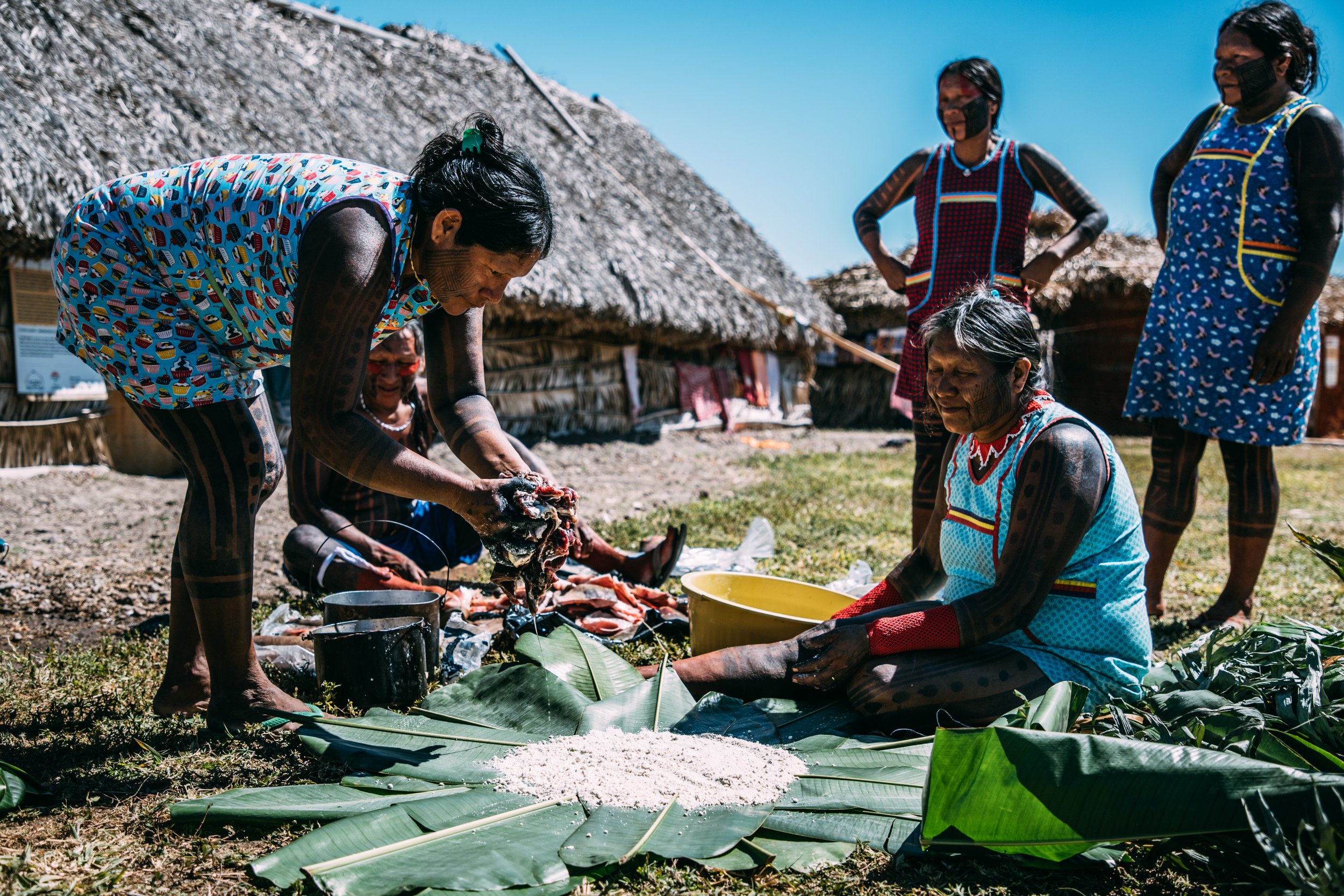
The Stories Within Indigenous Arts
Our Indigenous Partners live in different regions of Brazil on the original lands of their ancestors.
We have for the past decade visited their communities and learned about their traditions and visions. After many visits, conversations and personal relationships being developed, we felt inspired to support spreading their stories around the world through their traditional art.
The story contained within each unique piece invites us into a new awareness toward the concept of time and use of natural sources, which teaches us about the reciprocal and dependable relationship Indigenous peoples have with the environment.
The knowledge contained in each piece, from the species of plants and season of harvest, to their use and traditional way of weaving, to the myths, rituals and ceremonies they are embedded to finally the processing of the raw materials, is contained in the memory of the each particular Indigenous people, and is passed on from generation to generation. Their traditions are intrinsically connected to the land where they live.
Today, the ALDAYA project works directly with five different Indigenous Peoples in Brazil - Xavante, Guarani, Krahô, Paiter Surui & Kayapó - while we continue to expand partnerships with other communities in the Xingu and in the Amazon Rainforest regions.
Xavante
The Xavante people inhabit the central region of the Brazilian cerrado in a complex eco-zone which combines the vegetation of the cerrado (desert) and the forest.
They refer to themselves as A'uwe ('people'), and they have been occupying their lands for over 180 years. Today the Xavante population is over twenty thousand habitants living in the region of Serra do Roncador and along the valleys and the rivers Mortes, Kuluene, Couto de Magalhães, Batovi and Garças.
The Xavante people are well known for being great warriors who always fought for their lands and the preservation of their culture.
The material used in the baskets their craft comes from the buriti (Mauritia flexuosa), and the tree from which they will harvest the stalk must first come in a dream.
Guarani
The Guarani people are known by many different names, including Chiripá, Kainguá and Tembekuá, however they call themselves Avá, which in their language means 'people'.
The majority of the Guarani population of Brazil lives in the South and Southwest regions of the country. The Guarani people also live in Argentina, Paraguay and Bolivia.
Our artisan partners are from a state in the South region of Brazil called Rio Grande do Sul, and their aldeia is the Tekoá Nhundy, located in the southeast of the state.
Their handmade baskets are made by the indigenous women who use the plant stalks of the Taquara (ta'kwar), a species of bamboo, and the Imbira, which is commonly utilized to make natural ropes. The final touch is made with guaimbe vine, popularly known as monkey banana (Philodendron bipinnatifidum).
“In the Guarani culture, the symbolic value of baskets is connected to the creation of women in the world. Nhanderú created women from a basket. With different colors and shapes, the diversity of the baskets represent the diversity of being a woman in the world." ~Yva Mirim
Kayapó Mebêngokrê
The Mebêngôkre Kayapó people live in the Xingu region of Brazil, in the south border of the state of Pará. Their indigenous communities are located along the rivers Iriri, Bacajá and Fresco among others.
Kayapó is how they have been named by their indigenous neighbors and the word means 'those that are alike monkeys'. Even though they are known as Kayapó, they refer to themselves as Mebêngôkre which means 'the people from the water hole'.
Similar to the Krahô people, the Kayapó also utilize the paste of the jenipapo (Genipa Americana) mixed with charcoal in their ceremonies.
Our artisan partners are a collective of artisans who utilize the Buriti, Inajá, Cipó, Taquara, Palm Tree, Pequi and Babaçu plant materials in the process of creating their art.
Krahô
The Krahô People of the Manoel Alves Indigenous Land live in the eastern side of the Tocantins river, in Central Brazil.
The Krahô call themselves Mehim, a term that, in the past, was probably extended to members of other groups who spoke the same language and followed the same cultural practices. Nowadays, this array of groups is known as the Timbira.
The Krahô has the tradition of painting their bodies with the paste of the jenipapo (Genipa Americana) mixed with charcoal. This tradition is part of many of their rituals, including rituals of initiation for boys.
Their villages are organized in a circular shape, where all houses connect along a large circular path surrounding a central plaza, which is linked to the houses by a radiating pattern of trails.
Paiter Surui
The Paiter Surui people of Brazil live in the Northern region of Brazil in the border of the states of Rondônia and Mato Grosso, and they call themselves Paiter, which means "the true people, we ourselves".
Despite the pressures that they have suffered from the non-Indians, which have caused various changes in the group, the Paiter still maintain many of their traditions, both those that have to do with material culture and with cosmological aspects.
The presence of the Baptist and Assembly of God religions in the villages has contributed to a profound transformation in their culture. An example of this is the disappearance of the pajés (shamans). According to informants, numerous pajés have ceased practicing due to the prohibition of the Church.
Their way of life and most catholic religious influence on their lands and people have been depicted in the documentary Ex-Shaman by Luis Bolognesi - available on Netflix.

“Indigenous handmade art is first and foremost an instrument of indigenous peoples daily lives. Each piece is created using materials that have been sourced in nature, whether plant or animal part, in a process that is not only sustainable, but essentially interrelational.”
— Marina Szarfarc, project director






